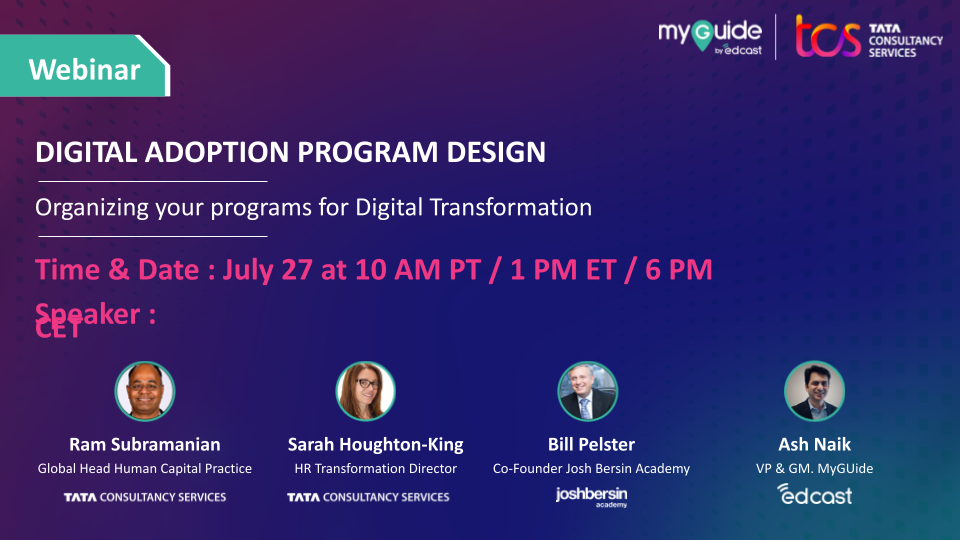Successful digital transformations continue to elude most organizations with success rates remaining under a third consistently. Although, there is an intuitive understanding of the difference between change and transformation; the nuances influence impact by as much as 2x according to research from Gartner, Deloitte and IBM to name a few.
Given the depth of research, books, articles, tools and certifications available to manage change- there is little wonder that the impact is much better than transformation. The key to successful transformation is to leverage the best tool to deliver the desired future at a realistic pace of development. Change is one of the best tools available for transformations if employed well.
Change
All professionals or organizations operate by a process that some of our customers call BAU (business as usual) or the status quo. Over the course of time or due to external stimuli, the status quo falls short of delivering the desired impact or creates pain in new ways. This brings up the need for Change to the status quo. This can come in the form of new tools, fixes, improvements or reorganization to name a few. The process of moving from the old model to the new model is typically termed as change. Some of the characteristics of change are summarized in the following section
Characteristics of Change
- New process is anchored to the past process,
- Change is reactive; often catalyzed externally,
- Seeks incremental improvement,
- Well understood, standardized, and
- Modifies actions of the organization.
With the amount of research and data on this topic, change though difficult is well understood. Several organizations view change delivering insufficient benefits with the introduction of transformation in recent years. Change is necessary but not sufficient for transformation. When you come across a need for change, leverage the vast amount of expertise, tools and resources to deploy change.
Talk to us to get started on a program of frictionless continuous change
Transformation
Business leaders to envision a future unlike anything in the past-creatively conceived for the betterment of the organization, market, customer, employee or stakeholders. This innovation is the driving force in the introduction of a new belief manifests into a design that leaders thrive to make a reality- termed as a Transformation. Inventing and instituting a new future requires experimentation, commitment and radical shifts across the organization with appropriate executive sponsorship. This is why transformation is not easy. Some of the characteristics of transformation are summarized below.
Characteristics of Transformation
- New future is conceived through a novel belief,
- The design is dictated by the vision of the future,
- Seeks a new normal with a better system,
- Requires iterative experimentation, and
- Modifies beliefs across the organization.
Transformations are deliberate and iteratively arrive at successful futures over time, requiring much more effort than originally planned. Premature abandonment seems to be the most consistent fate of most transformation initiatives.
Talk to us to get started on your transformational journey
Build the engine for transformation
Gartner in a recent article Key Capabilities of a Digital Transformation Program Officehighlight the importance of instituting a program office to mitigate the risks inherent in a transformational endeavor.
While strategic change is a key component of transformation, the secret to successful transition is the move from a project to a program mindset. Organizations need cultural, individual and technological tools to unearth ways of making this transition.
Transformation Program
In the past few years, MyGuide by EdCast has been deeply entrenched in the transition process at hundreds of companies across thirteen sectors. Leveraging the usage of application and workflow level assistance, we have come up with four initiators and the virtuous cycle leading to sustained innovation in the form of a transformation program.
Onboarding
A majority of data start with the introduction of a new SaaS app in the HR, sales, finance, operations or marketing functions. Deploying and adopting modern apps requires customizations and adaptation for the organization and teams within organizations. From Workday to Salesforce.com, onboarding the team to use the app is a time consuming and long process-shortened and simplified considerably by MyGuide.
Transformational businesses, leverage this project to start their program that post initial onboarding leads to the next natural phase- productivity improvements.
Productivity
As soon as the team is familiar with the app, and operations settle in; smart employees find tweaks that considerably improve output. Transformational organizations look for these signals and systematically roll out these best practices to empower the entire workforce to benefit from these improvements. This takes the form of automation, error checking and simplification of actions leading to desired outcomes. Over the course of time, these benefits begin to deteriorate leading up to a Change project. For sales, marketing and finance; the triggers can be business rhythm or market changes.
Change Management
Several factors precipitate change management programs. Updates to software (in a SaaS model), new processes, reorganization, refocus on any of the elements of a business, reprioritization or reaction to market conditions. The common feature of these project is well understood and time-boxed adding a hurdle to transformational change. Technology can come to the rescue in such cases.
We had several customers that leverages SFDC classic to lightning, or SAP GUI to Fiore, or Oracle to Workday, etc. as a catalyst to start their transformation journeys. While starting with the training, reporting and measuring of impact, successful organizations were able to leverage change as a starting point for identifying performance improvement opportunities and support efficiencies.
Performance
Typical spikes in performance and support during and immediately following changes are expected and planned accordingly. However, within days, the benefits begin to deteriorate giving rise to searches for information and escalations to support. Transformational organizations leverage technology such as MyGuide to instrument self-help and performance support post major changes in organizations. These continue to stay in effect after reorganizations, new application introductions or follow-on changes.
Transformation Today
Sales organizations expect to change at least twice a year, four times in aggressive or dynamic markets. Maintaining or even enhancing performance between changes help stay the course for transformation simplifying the next wave of new applications, team members or process improvements required in today’s environment.
In sharp contrast to this virtuous cycle of transformation, two thirds of organizations constrain the projects and fail to build on earlier gain on a sustained basis. We see this over and over again for Workday, ServiceNow, Oracle, Sap, Microsoft, and hundreds of home-grown apps deployed, enhanced and evolving over the course of business operations.
Talk to us to learn how a technology platform such as MyGuide can help you roll out new applications, onboard new users, reskill existing users, change processes, enhance productivity, deploy self-serve support and improve organizational capability in transformative ways. MyGuide customers double productivity on average and half support incidents while driving up productivity. Talk to us to learn how you can get on your transformational journey.


